Which new green car is the best?
Each December we ask this question in earnest, first making a list of all the electric vehicles and plug-in hybrids that arrive by the end of the calendar year, and you can buy early the following year. Now, that’s looking at 2022.
As we’ve asserted for years, backstopped by a range of peer-reviewed papers and respected scientific sources, electric vehicles are far better for the environment. The additional carbon footprint of assembling an electric vehicle, making its battery, and even sourcing the materials that go into it is relatively small versus all the global-warming and smog-forming emissions it will save over its useful life.
Has to meet some qualifying numbers
With that out of the way, we’ve applied some qualifications. In the interest of helping households who might not have reliable access to charging shift mostly to tailpipe-emissions-free driving, we’ve kept plug-in hybrids in contention. Several years ago, based on AAA American Driving Surveys, we set a minimum distance of 32 all-electric miles, equivalent to the U.S.-average round-trip commute. This year’s Covid-influenced version of the survey found that distance to be just 30 miles, but we’re not going back.
As for full electric vehicles, we again decided to limit the list of qualifying EVs to at least 125 miles of EPA range—which would equate to 100 miles of range with 80% highway fast-charges, the bare minimum we could see coping with on rare weekend road trips with a city car.
Vehicles also needed to be made available for drives to our editors of our broader editorial group before the end of the year and delivered to paying customers in significant numbers by the end of the first quarter. For the second year, due to Covid protocols we didn’t get to round up the entire cohort of nominees for back-to-back drives, debate, and sometimes heated discussion, but the majority of us worked against logistical challenges and had seat time in all of the contenders.
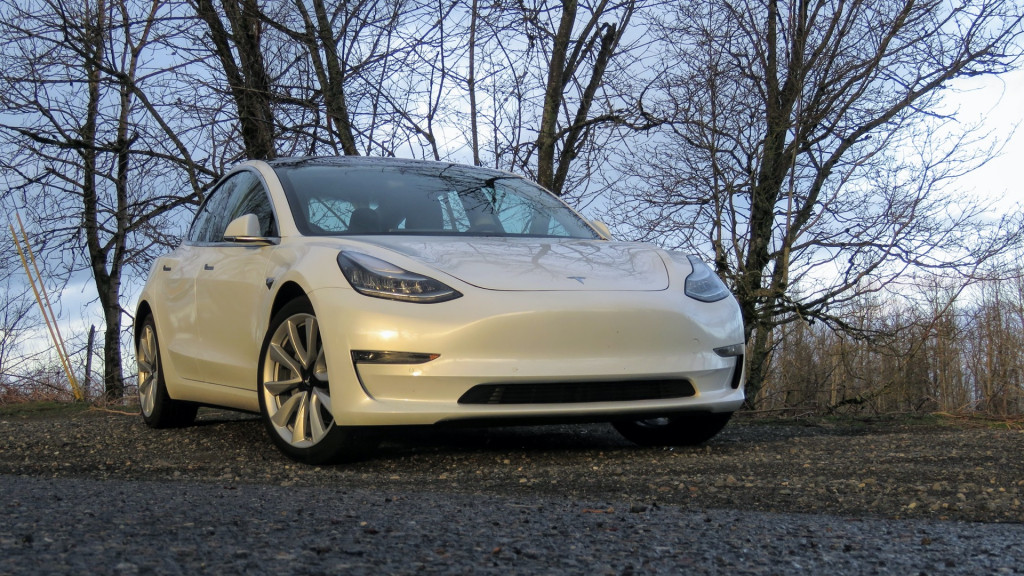
2019 Tesla Model 3
Has to make a difference
What makes a Green Car Reports’ Best Car To Buy, like our 2021 winner, the Ford Mustang Mach-E, or the previous two winners, the Audi E-Tron SUV and Tesla Model 3? We look for vehicles that are going to make a big difference for the market—and that can mean going big with accessible efficiency, pushing green vehicles into a new segment, or making a bold technology statement that challenges other automakers. Looking back at 11 years of previous winners—ranging from the affordable Leaf and the pragmatic Prius to the game-changing Tesla Model S and Model 3—we haven’t stuck to any one version of that formula.
More about that on January 3, when we name a winner. In the meantime, those requirements left us with five models as nominees and finalists—each of which arrive with important firsts—presented here in alphabetical order. The competition is tight.
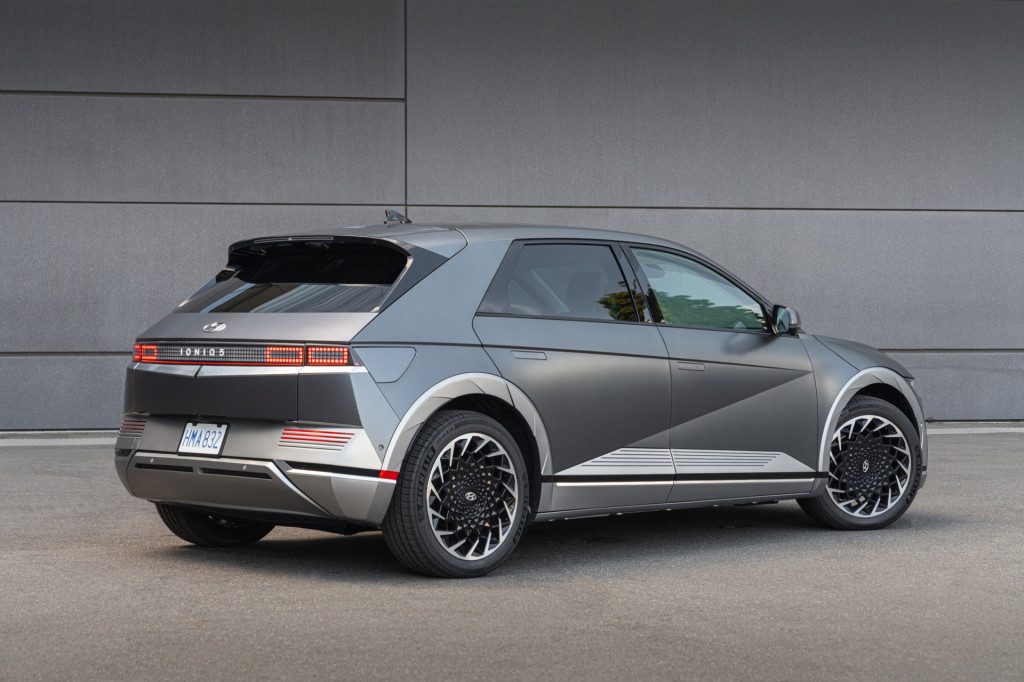
2022 Hyundai Ioniq 5
Hyundai Ioniq 5. Hyundai first signaled that the Ioniq 5 was going to be something special more than two years ago with its 45 Concept, which harked back to handsome hatchbacks of the ‘70s—and its own first car for export, the Pony. As a first dedicated electric vehicle built on its E-GMP platform set to underpin other upcoming EVs from Hyundai, Kia, and Genesis, the Ioniq 5 marks a starting point for Hyundai, away from internal combustion constraints. With an emphasis on efficiency, speedy 800-volt charging, and a home energy ecosystem potentially taking advantage of its bidirectional capability, it shows a big global automaker’s commitment to reconceive its vehicles.
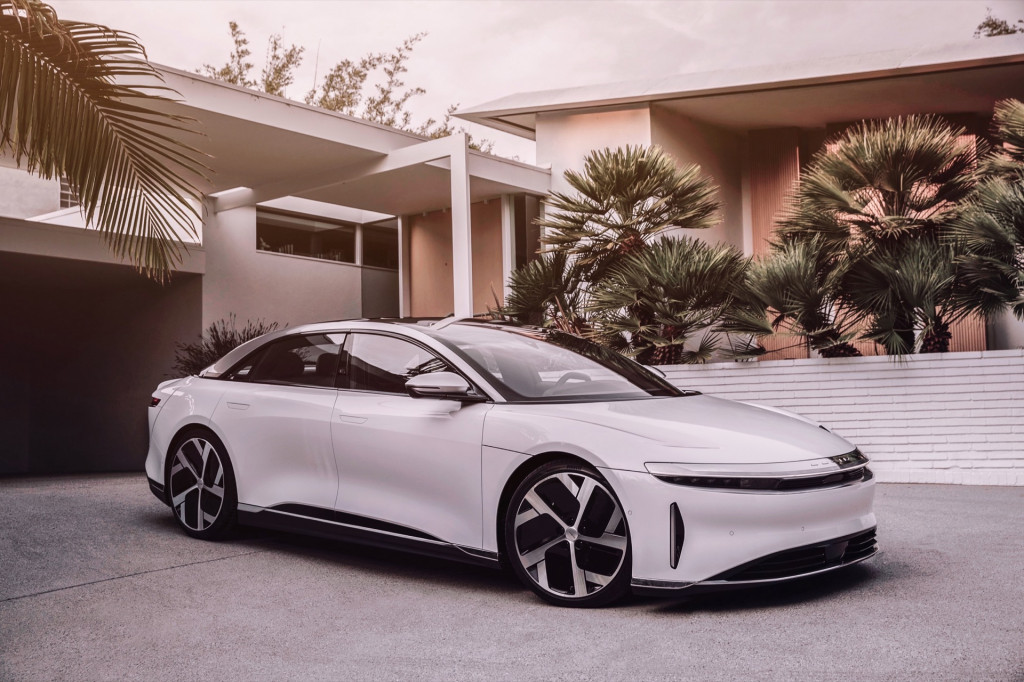
2021 Lucid Air
Lucid Air. There were times in recent years at which it was looking like Lucid was a long shot. But the company that has helped power Formula E racing for three seasons, now as part of the broader Lucid Group, found enough funding to build a factory, finish vehicle development, and push its flagship Air sedan into production. The Air showcases the company’s shockingly small, “miniaturized” motor, gearbox, and inverter packaging, all developed in-house, bound for more affordable models, and outdoing Tesla on a longtime strength of its Bay Area rival—efficiency. With an EPA range of up to 520 miles and efficiency numbers that beat the refreshed Model S, potentially leaving engineers at other automakers scrambling to catch up, does Lucid raise the bar for the whole industry?
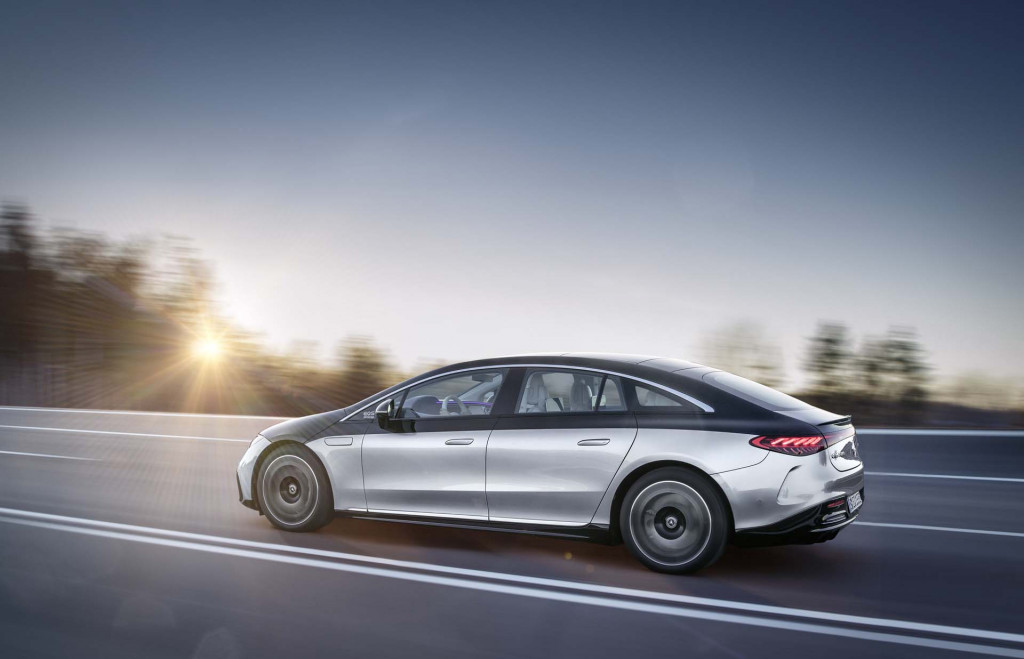
2022 Mercedes-Benz EQS
Mercedes-Benz EQS. Mercedes-Benz once owned nearly one-tenth of Tesla and, German pride aside, probably could have long ago tapped into Model S range and efficiency with some U.S. help. But now with up to an EPA-rated 350 miles, it’s finally in the ballpark—on Mercedes’ terms and with the expected level of technology, luxury, and detail. We’ve already found the EQS to be both a torch-bearer of S-Class heritage, as well as a beneficiary of dedicated-EV advantages like more cabin space. And above and beyond, for better or worse, its Hyperscreen is a techno tour de force that will daze, enthrall, or polarize. Does it show the future for electric luxury cars in a way others haven’t?
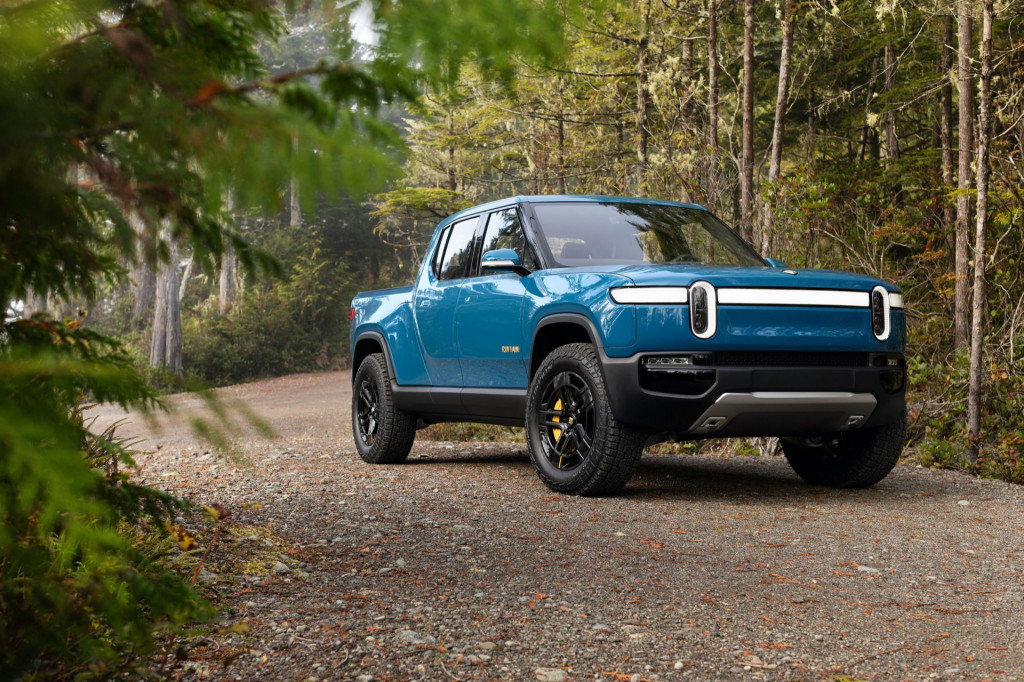
Rivian R1T
Rivian R1T. The first fully electric pickup truck intended for mass production is here, and it’s not from Tesla or from the very truck-dependent Big 3 automakers. The very highly valued startup Rivian developed its R1T and upcoming R1S SUV to signal a new era for adventure vehicles. Their vision, which includes a charging network and nurturing community among owners, shows a comprehensive approach that extends to an entire lifestyle. But the R1T itself, with its astounding off-road capability, intuitive interface, and bevy of accessories, could show a vast new group that electric is better.

2021 Volkswagen ID.4 Pro S
Volkswagen ID.4. The Volkswagen ID.4 is the first U.S.-bound vehicle of a generation of EVs that VW has said are intended “for millions, not millionaires.” It’s also one of the first models to be built on VW’s MEB platform truly intended for millions of EVs, and bound for U.S. assembly starting in 2022—with an eventual base model’s starting price around $36,000. Although its arrival hasn’t been the hard reboot Volkswagen had readied us for, the ID.4 is here, and it’s really good in many of the respects that matter for families, like interior space, cabin noise, and technology features. Although a buggy infotainment system and the lack of Plug&Charge compatibility have held it back a bit, it’s still one of the boldest commitments to the future.













